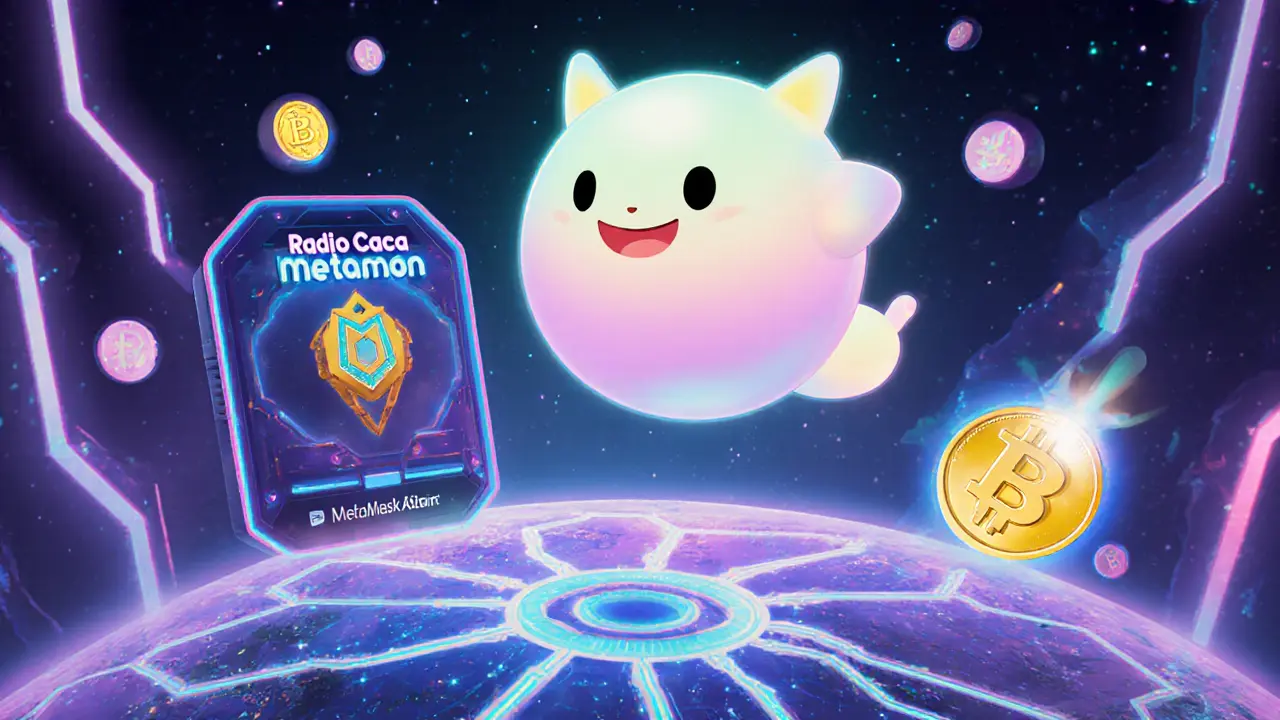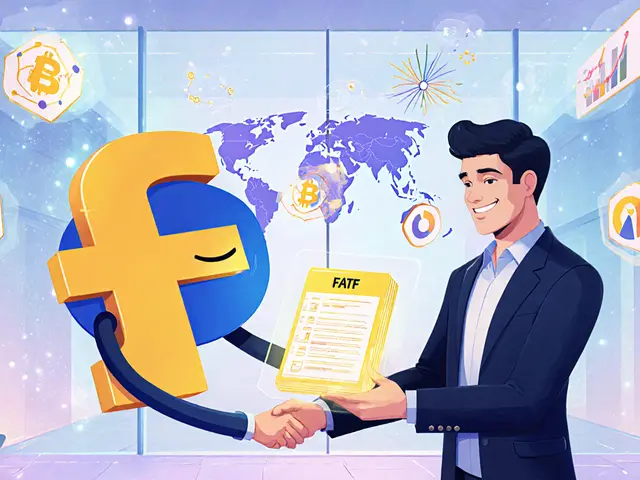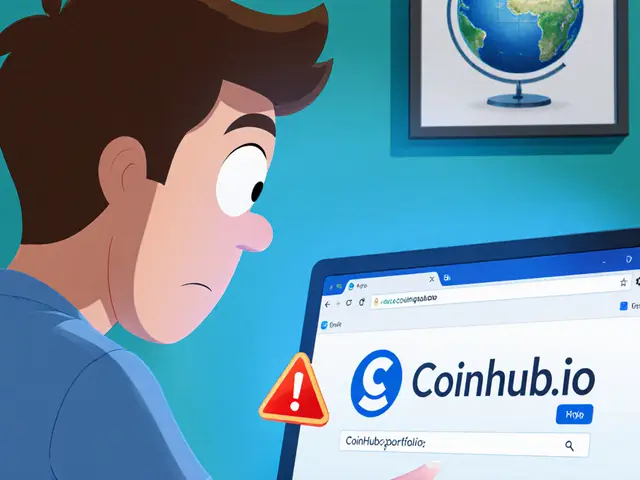Metamon NFT Airdrop: What Happened and How to Spot Fake NFT Drops
When you hear Metamon NFT airdrop, a free NFT distribution tied to a blockchain-based game that never fully launched, you might think it’s just another chance to grab free digital art. But here’s the truth: the Metamon airdrop was one of those projects that vanished after the hype—no smart contract, no tokens claimed, no wallet updates. It wasn’t a glitch. It was a ghost. This isn’t rare. In 2022 and 2023, over 60% of NFT airdrops listed on popular aggregator sites turned out to be dead on arrival. The NFT airdrop, a marketing tactic where projects give away digital collectibles to build a user base sounds like free money, but without a live contract, active team, or verifiable history, it’s just a digital mirage.
What makes these drops so dangerous is how they copy real ones. The crypto airdrop, a legitimate way for blockchain projects to distribute tokens to early adopters or wallet holders has been around since Ethereum’s early days. Projects like Uniswap and Aave used them wisely—to reward users, test adoption, and grow communities. But scammers learned fast. They stole names, cloned websites, and used fake Twitter accounts to push fake airdrops. The Metamon case wasn’t unique. It looked just like the Lunar Crystal NFT airdrop, a BSC-based project that vanished without a trace in 2022, or the SPAT airdrop, a Meta Spatial project that asked users to connect wallets before even releasing a whitepaper. These aren’t accidents. They’re designed to collect wallet addresses, not NFTs. Once you connect your wallet, your data is sold. Your next step? Phishing emails, fake gas fee requests, or drained accounts.
So how do you tell the difference? First, check the contract address. If it’s not on Etherscan or BscScan with verified code, walk away. Second, look for team members with real profiles—not just Twitter handles with 50 followers. Third, see if anyone is actually using the NFTs. Are they listed on OpenSea? Are people trading them? If the answer is no, it’s a tombstone. The Metamon NFT airdrop had none of this. It was a hollow promise wrapped in flashy graphics. And you’re not alone if you got caught. Thousands did. The good news? You can learn from it. The posts below cover real airdrops that delivered, scams that collapsed, and tools to protect yourself. You’ll see what to check before you click, how to spot a fake contract, and which projects actually have teeth. No fluff. No hype. Just what works—and what gets you robbed.


